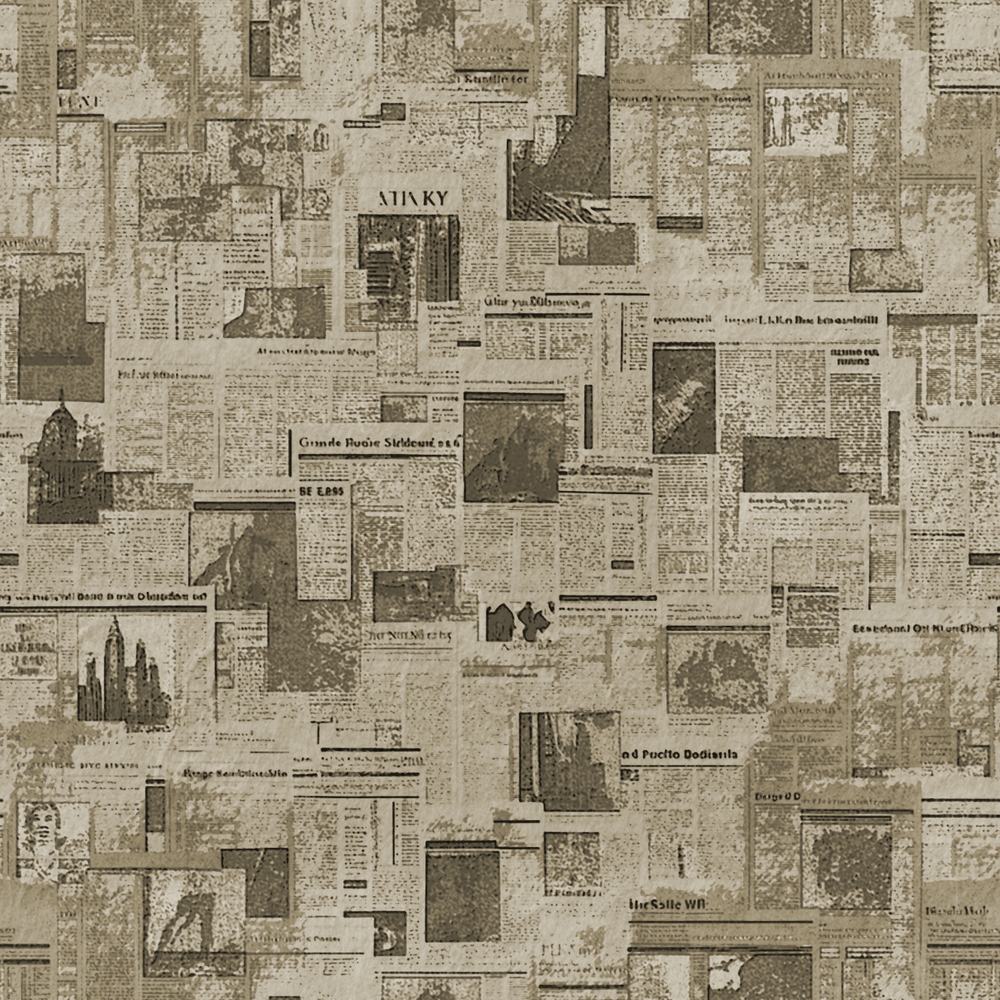In this week’s Torah Portion, Parshat Ki Tisa, Moshe is instructed by Hashem to collect a half silver shekel from each person to count the Jewish People. The silver was then melted down to create the sockets and beams of the Mishkan (Tabernacle). He is also given instructions on how to make the copper water basin in the Mishkan that the Kohanim (preists) would use to wash their hands and feet before service and how to make the special oil used to anoint the Kohanim, Mishkan and its vessels. The remaining oil was set aside to anoint kings and priests in future generations. Moshe also learns the recipe for the incense offering brought twice a day in the Temple. The recipes for the anointing oil and incense are to be used only in for holy purposes in the Mishkan and never for personal use. Betzalel and Aholiav are placed in charge of the construction of the Mishkan, and the people are once again commanded to keep the Shabbat.
After the revelation on Mt Sinai, Moshe went up on the mountain for forty days. When the Jews miscalculate the date of his return, they panic and make a Golden Calf and worship it. Gd is furious and Moshe pleads with Him not destroy the People. When Moshe comes down the mountain holding the Ten Commandments, he sees the people worshiping the Golden Calf and breaks the tablets. He destroys the idol and executes those responsible for its creation. He then returns to Hashem on the mountain to atone for this grievous sin. Hashem forgives the Jewish People, but says that the effect of their sin will be felt for many generations. Hashem seals a covenant with Moses, assuring him again that His presence will only dwell with the Jewish People and instructs them to destroy idolatry in Israel and refrain from making covenants with the nations that occupy the land The Jews are commanded not to make molten gods, to observe the Three Festival – Sukkot, Passover, and Shavuot, not to eat chametz on Passover, to sanctify male firstborn humans and cattle, and not to cook meat together with milk.
Moshe brings a new set of tablets with the Ten Commandments inscribed to the Jewish People and Hashem proclaims the Thirteen Attributes of Mercy. When he returns, Moshe’s face is radiates a shiny glow that scares the Jewish People. Therefore, he covers it with a veil which he removes only to speak with Hashem and to teach the Mitzvot to the Jewish People.
This Parsha has so many symbols! Silver coins represent the half shekels used for the census of the Jewish People and used to make the silver sockets and beams of the Mishkan. Golden chocolates can symbolize the copper wash basin as well as the Golden Calf. Yellow rock candy can represent the special oil used for anointing the priests and the Mishkan and its vessels, as well as the radiant glow of Moshe’s face when he descended from Mt Sinai the second time. Candy sour belts represent the veil that Moshe wore because of the radiance shining from his face. Graham crackers represent the tablets that Moshe brought down from Mt. Sinai twice in this Parsha (you can crumble some of them to make the broken tablets if you’d like). Contrary to the belief of artists through the centuries, the tablets were indeed rectangular – not curved on top. Animal crackers symbolize the Golden Calf as well as the commandment not to eat meat and milk. Finally, shock pops can symbolize the shock of the Jewish People when Moshe didn’t return from Mt. Sinai when they thought he would, the anger of Hashem when he sees the people worshiping the Golden Calf, the shock of Moshe that led him to destroy the first set of tablets and the fear the Jewish People felt when they saw Moshe’s radiance in his face. Do you have other ideas for symbolic treats from this week’s Parsha? Share them in the comments section below!
Shabbat Shalom,
Shayna Levine-Hefetz


